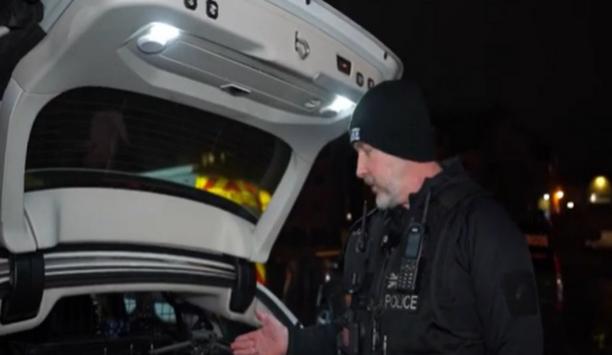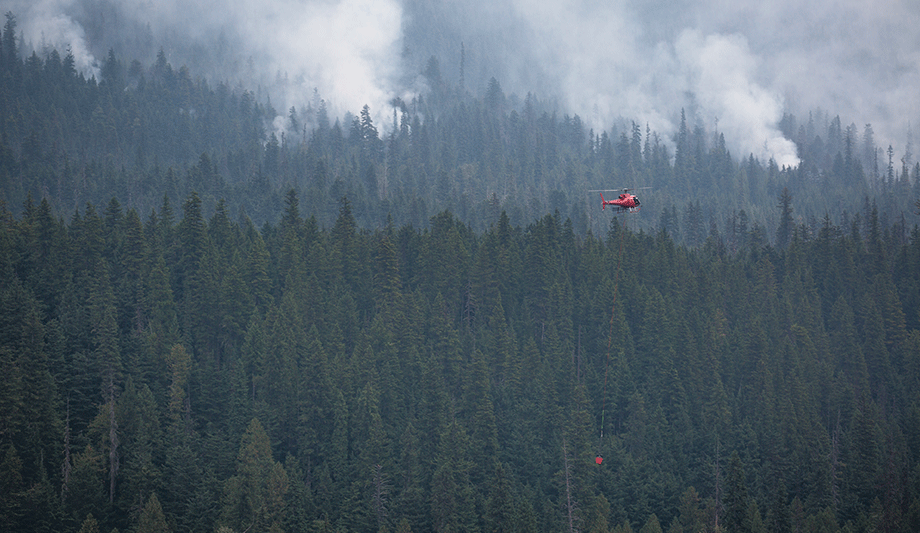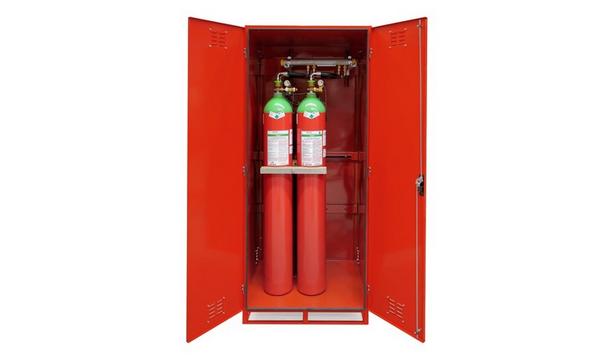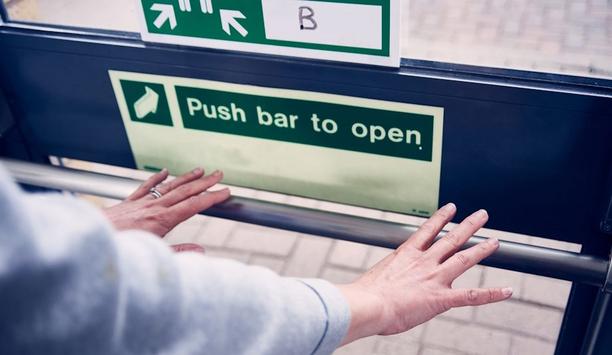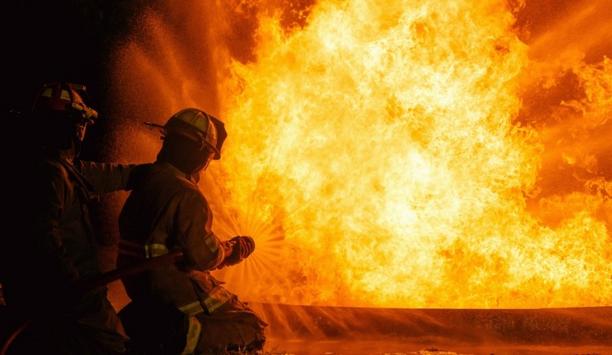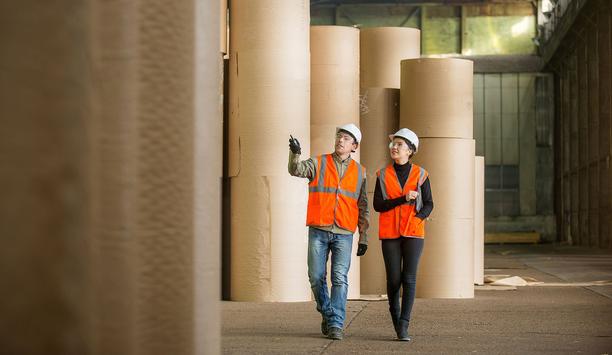Recruiting and training enough firefighters to meet community needs has been a continuing challenge for decades, especially in the case of volunteer firefighters, who make up 70% of the fire service in the United States. In some areas of the country, the problem has reached a critical stage.
A recent report by a commission of lawmakers, city officials and emergency service personnel in Pennsylvania, for example, notes that the population of volunteer firefighters in the state has dwindled from 300,000 in the 1990s to fewer than 38,000. In Pennsylvania, around 90 percent of the state’s 2,400 fire companies are volunteer.
Challenges Faced By Volunteers
There are multiple challenges to supplying adequate personnel to the fire service. One is an aging population. About a third of small-town volunteer firefighters are over 50, and it’s not uncommon for rural firefighters to be in their 60s or 70s.
Furthermore, economic challenges today require many households to have two incomes, and increased job and family responsibilities leave little time for volunteering. Commuting patterns make it less likely volunteers work in the local community, which makes them less available in case of a fire emergency.
Nationwide calls to volunteer fire departments have tripled in the last three decades
Also exacerbating the problem is that fire departments are facing more emergency calls than ever, including a variety of different kinds of calls. The National Volunteer Fire Council (NVFC) notes that volunteer firefighters are summoned to a wide array of emergencies across the country every day including fires, emergency medical incidents, terrorist events, natural disasters, hazardous materials incidents, water rescue emergencies, high-angle and confined space emergencies, and other general public service calls.
The shortage of volunteer firefighters is being felt everywhere. Meanwhile, nationwide calls to volunteer fire departments have tripled in the last three decades. The problem is especially serious in small towns and rural areas, which are more likely to depend on volunteer firefighters.
 |
| About a third of small-town volunteer firefighters are over 50, and it’s not uncommon for rural firefighters to be in their 60s or 70s |
Some Facts Of Interest From The NVFC
- Most volunteer firefighters (95%) are in departments that protect fewer than 25,000 people
- Of the estimated 29,727 fire departments in the U.S., 19,762 are all volunteer, and another 5,421 are mostly volunteer
- Nearly two-thirds (65%) of volunteer firefighters have more than five years of service
Training costs are high, too. The NVFC estimates the cost to train and equip a firefighter at around $27,095. Volunteering can be costly for the volunteers, also, who drive personal cars to and from the station, for example.
Even as the fire service embraces new technologies and approaches, the role of firefighters will remain essential
Various measures are being undertaken to address the shortage of volunteer firefighters, including an increase in recruiting and marketing efforts to make volunteering more attractive.
Given the aging firefighter population, it’s important to make entering the fire service a more desirable option for Millennials. Promotional efforts in Pennsylvania include marketing campaigns, recruitment centers, billboards, commercials in movie theaters and mailers.
Need For Trained Personnel
Incentives to join the fire service might include high school or college credit to volunteers or even free tuition to community colleges and state universities. Some states provide financial incentives such as property tax breaks or local income tax credits to fire volunteers.
Departments are also changing to accommodate the lack of sufficient personnel. Some departments are centralising or consolidating. Others are transitioning to more full-time or paid-on-call firefighters.
Even as the fire service embraces new technologies and approaches, the role of firefighters will remain essential. The role may evolve, but the need for trained personnel is a constant. Fulfilling that need will be an ongoing challenge for departments and local jurisdictions.























